Conversion Necks
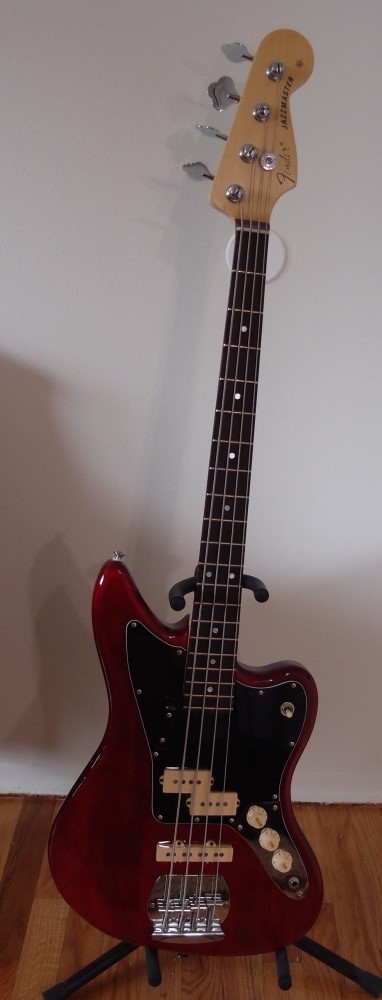
A conversion neck is one that can convert an instrument from one scale length to another with no other modification. A common conversion is 34" to 32". By overhanging the 20th fret, or leaving it off, you can use the stock bridge location on the body, just adjust for intonation. Such a neck will work on any standard bass body. A conversion from 34" to 30" requires overhanging two frets, or losing one or both.
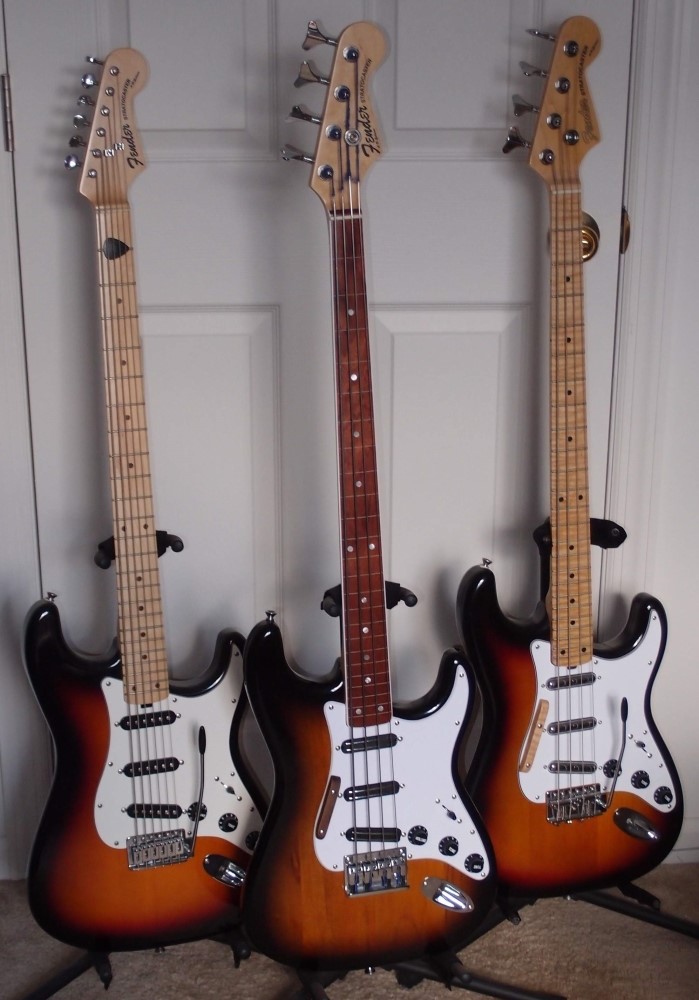
Another useful conversion neck is 25.5" to 30", or guitar to bass. A 24-fret 30" neck will line up perfectly on the bridge of a guitar body. Of course, you'll want to use a guitar-width heel, and bridge to match. A Bass VI can easily be made from any guitar this way, using the stock bridge. Note that most tremolos will be over-stressed by the extra tension, and not work well.
The really nice thing about 32" is that you can generally use regular long scale strings, available anywhere. The relative change in pickup location is only slight, so the tonal character of the instrument is not noticeably changed. The drop in string tension is also minor - it feels more like a long scale than a short, just more comfortable.
Warmoth claims they invented the conversion neck:
"Conversion necks are a Warmoth innovation that allow you to easily change the scale length of your 25-1/2" bolt-on guitar to either 24-3/4" (Gibson® length) or 28-5/8" (Baritone length)."
- quoted from the Warmoth website
Uh, not really.
The original conversion neck was invented by Danelectro many years ago. The same body could be a bass, a baritone, or a guitar, just by swapping out the neck and bridge. I've built a number of Stratocaster bass conversions - it turns out that a two-octave 30" neck installs with no modifications, just mount the appropriate bridge. And Warmoth never 'invented' that!
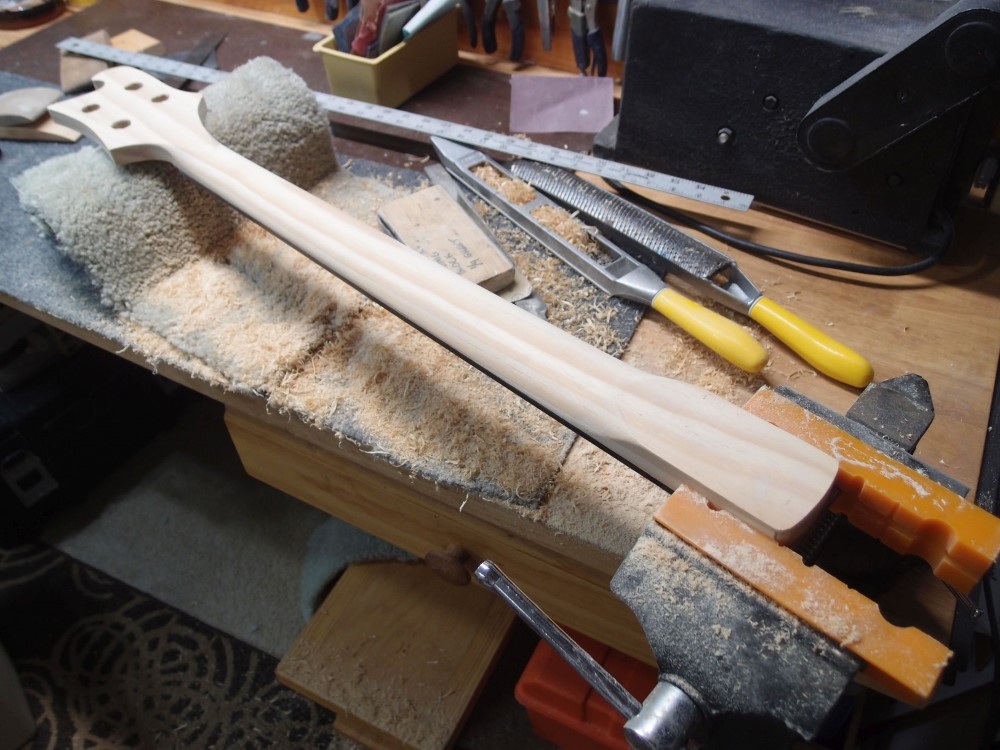





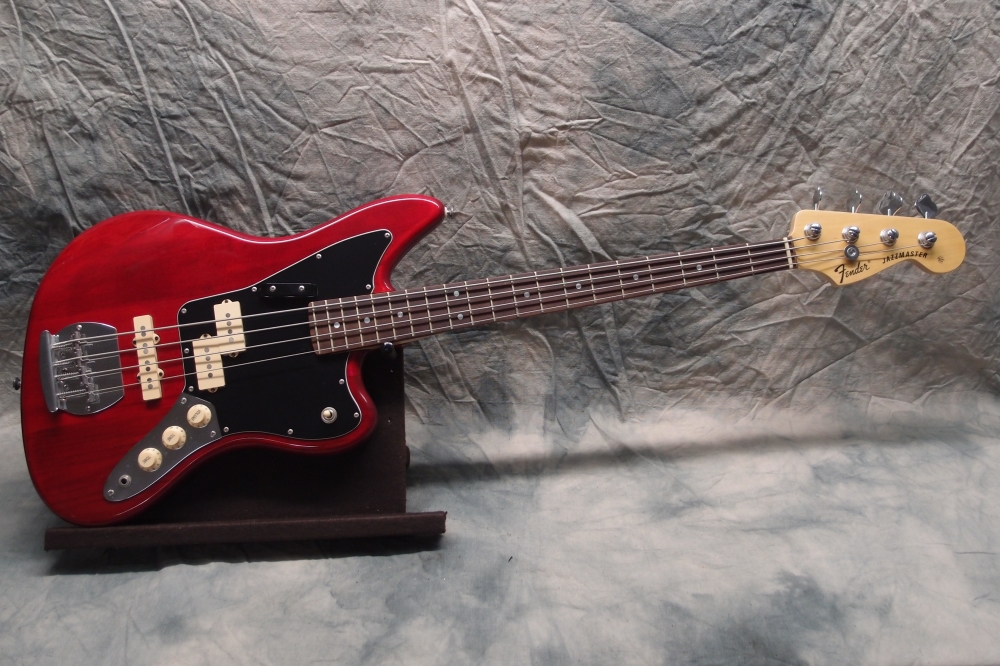
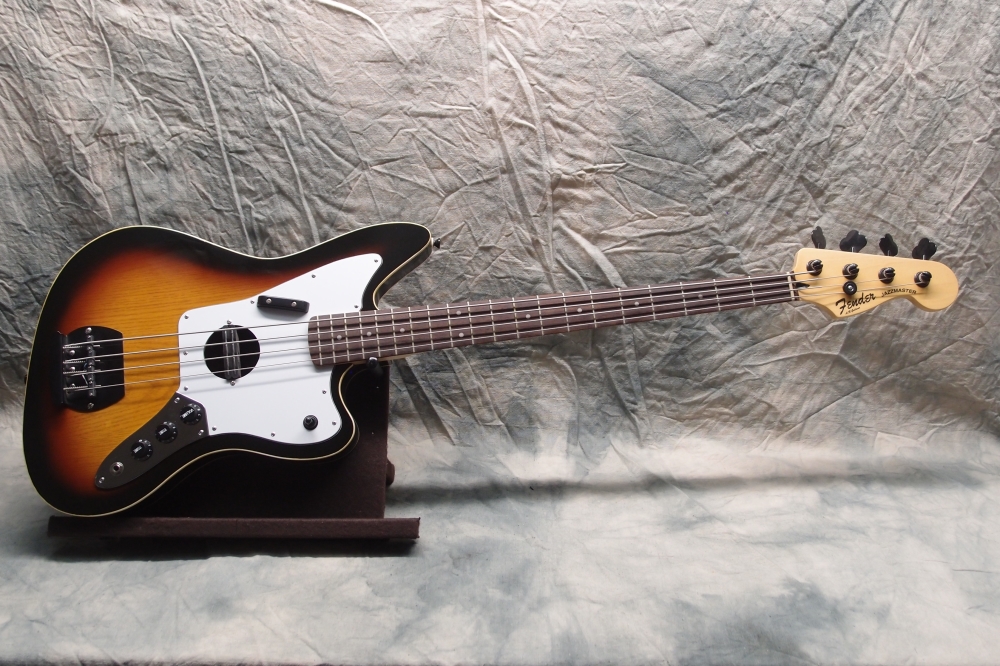
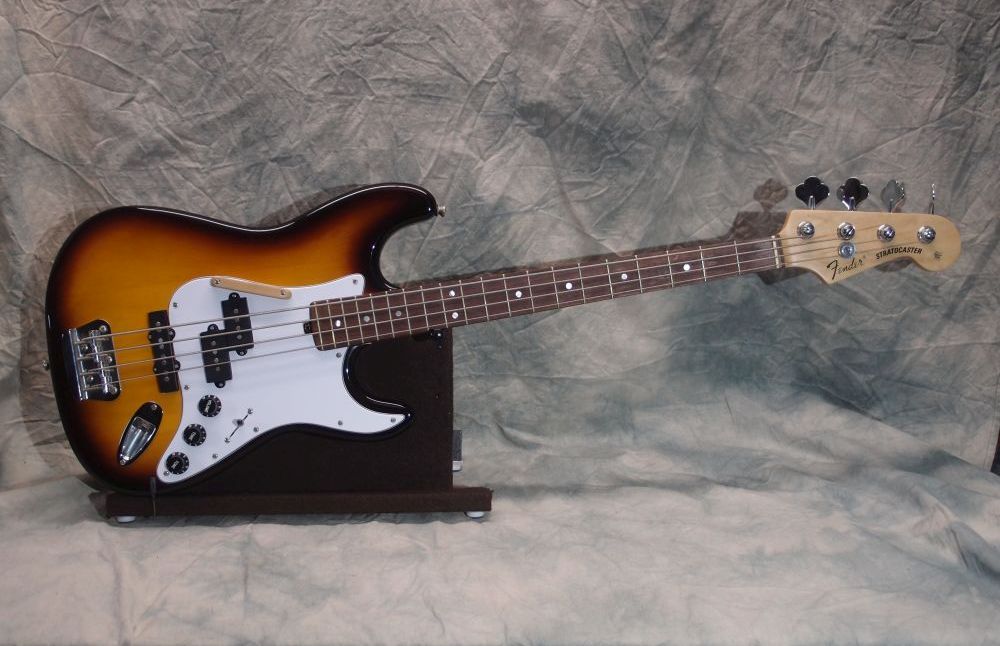
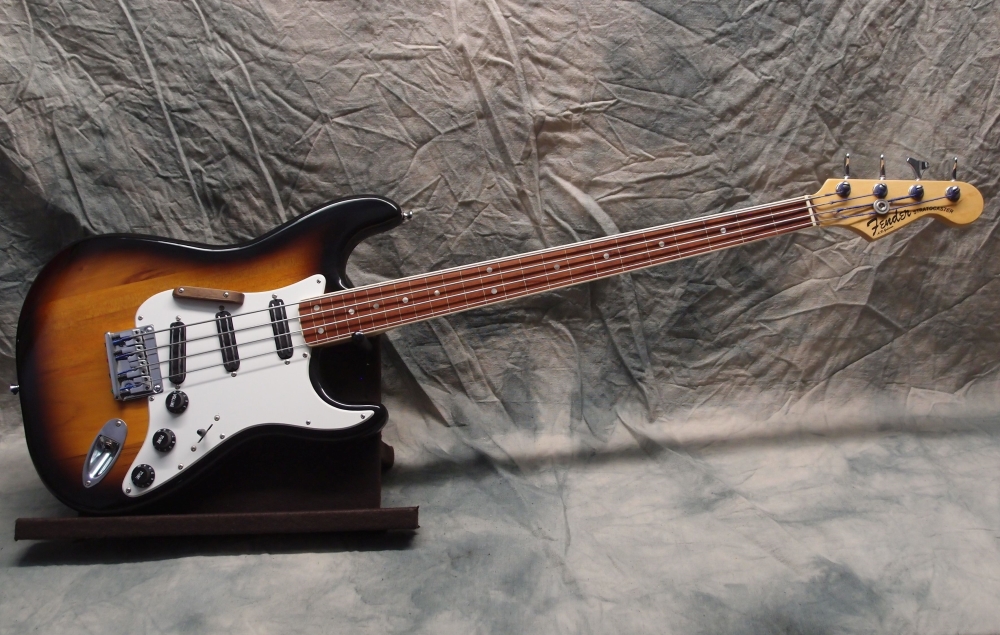
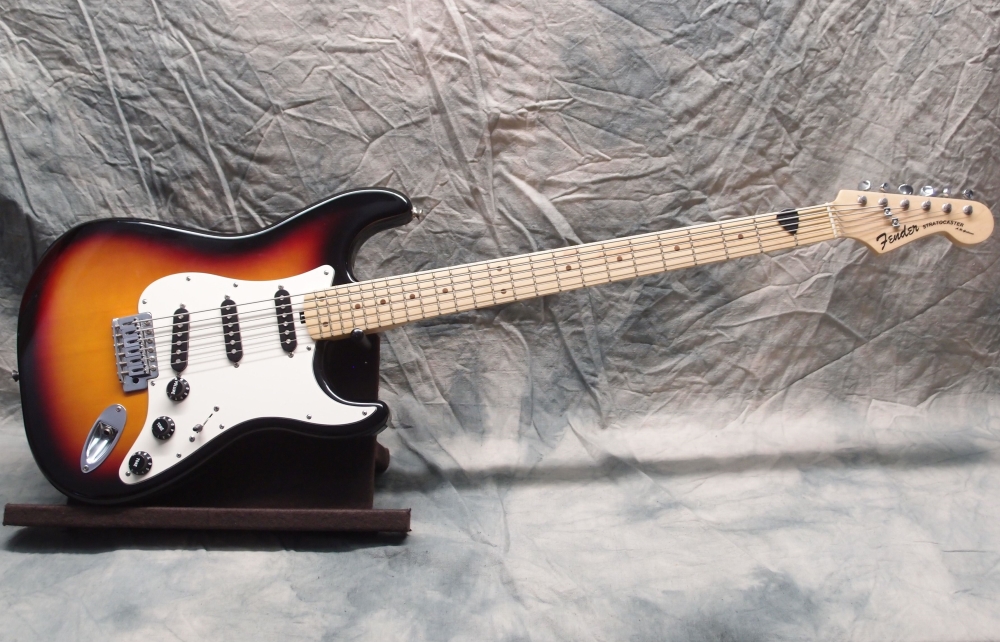
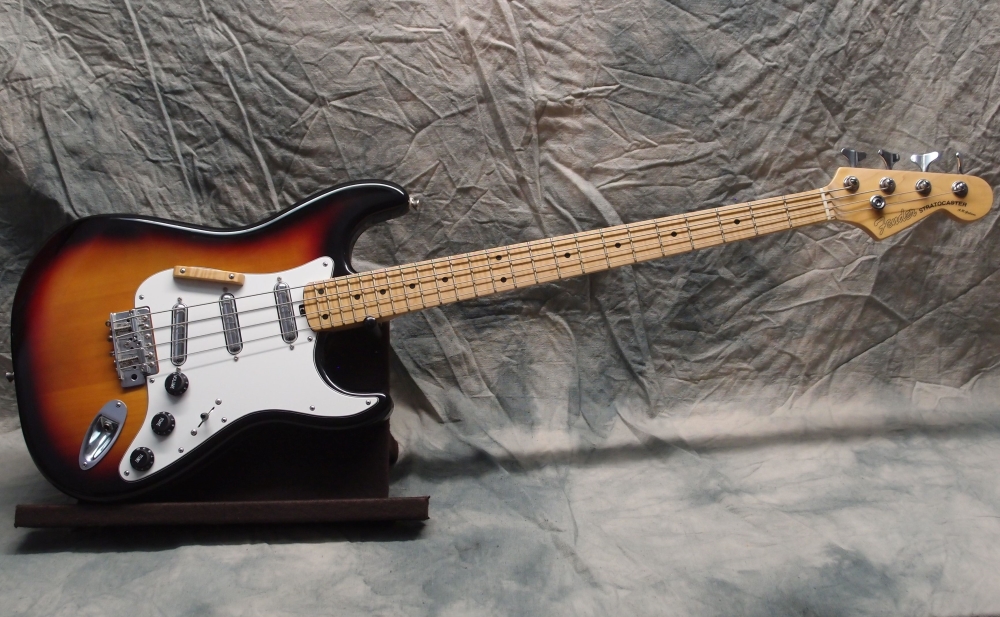
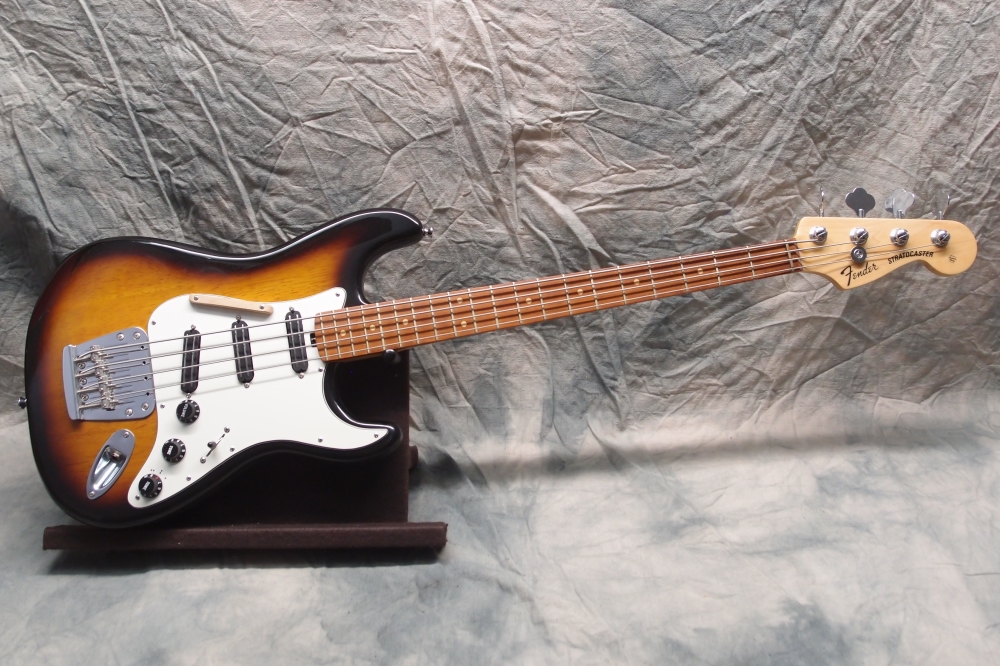
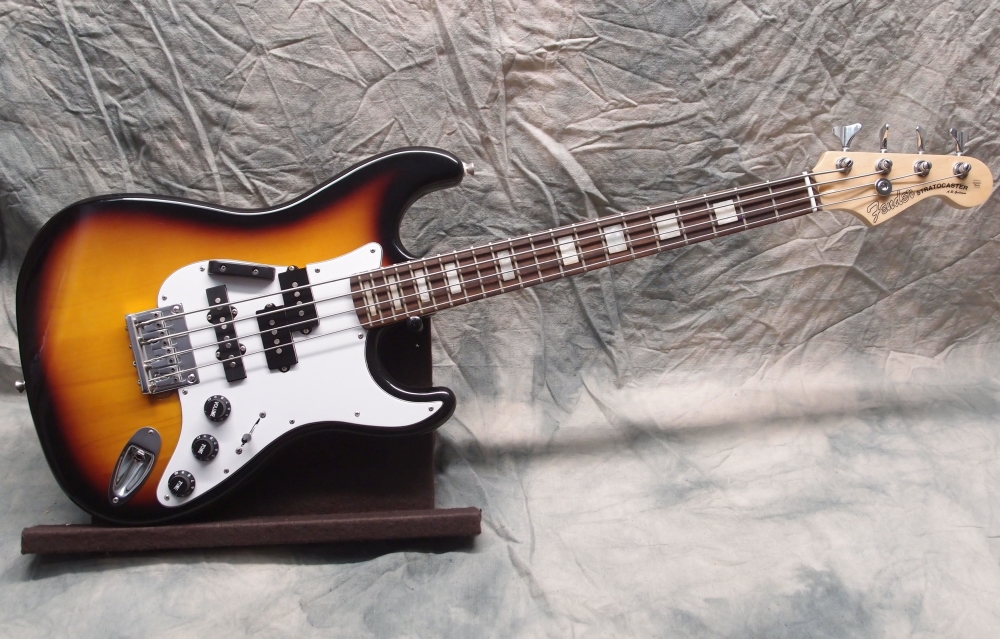
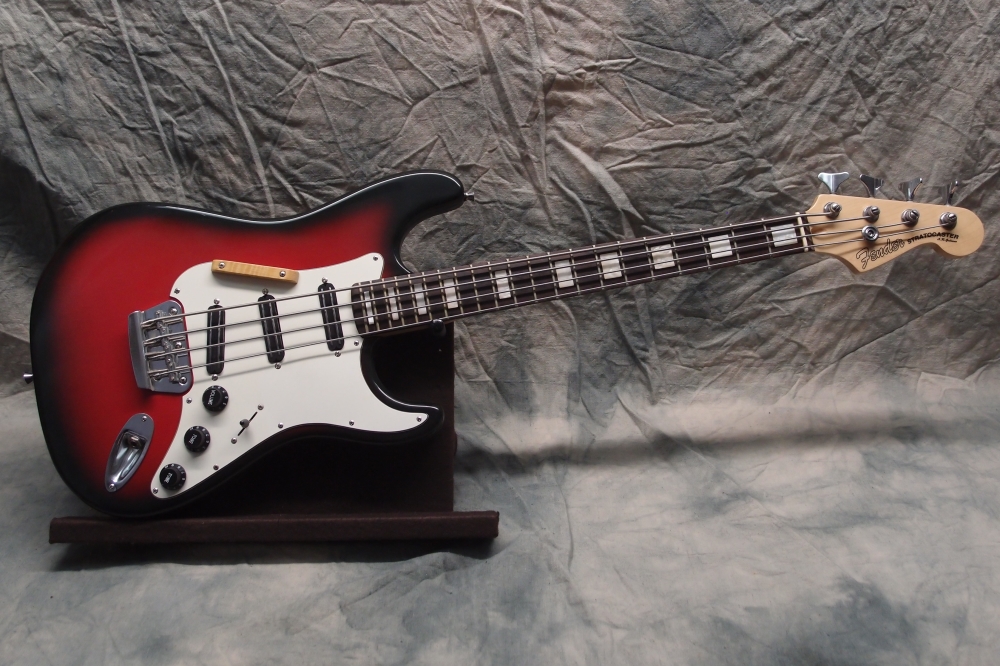
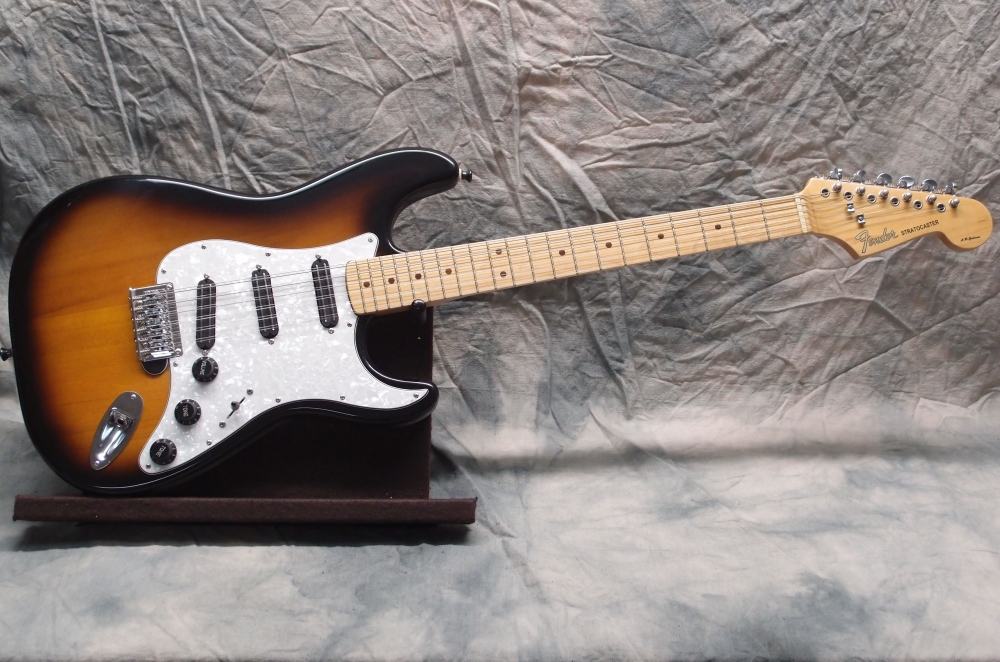
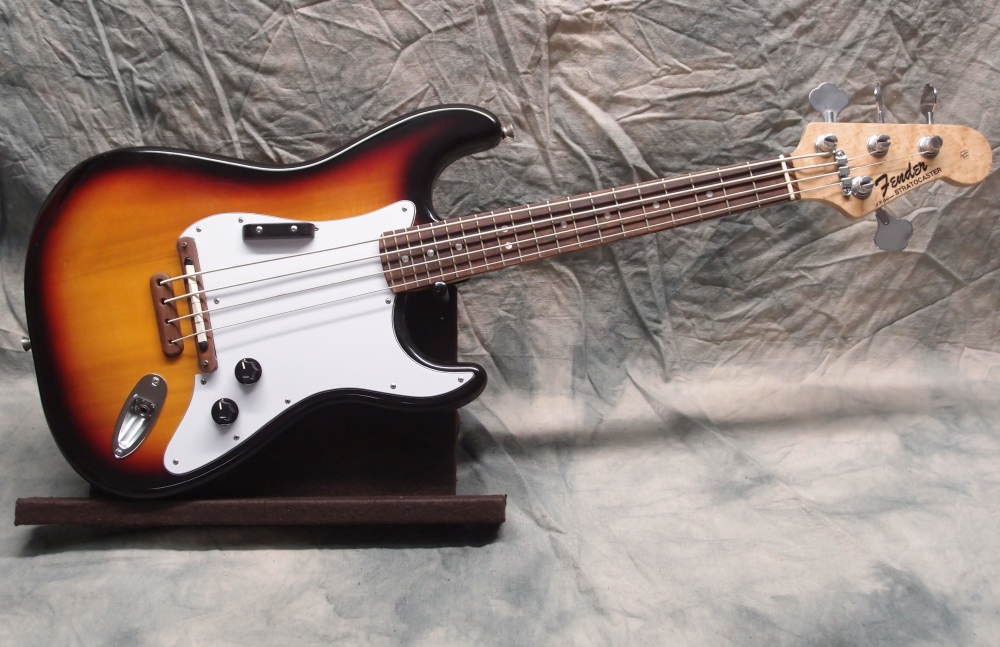
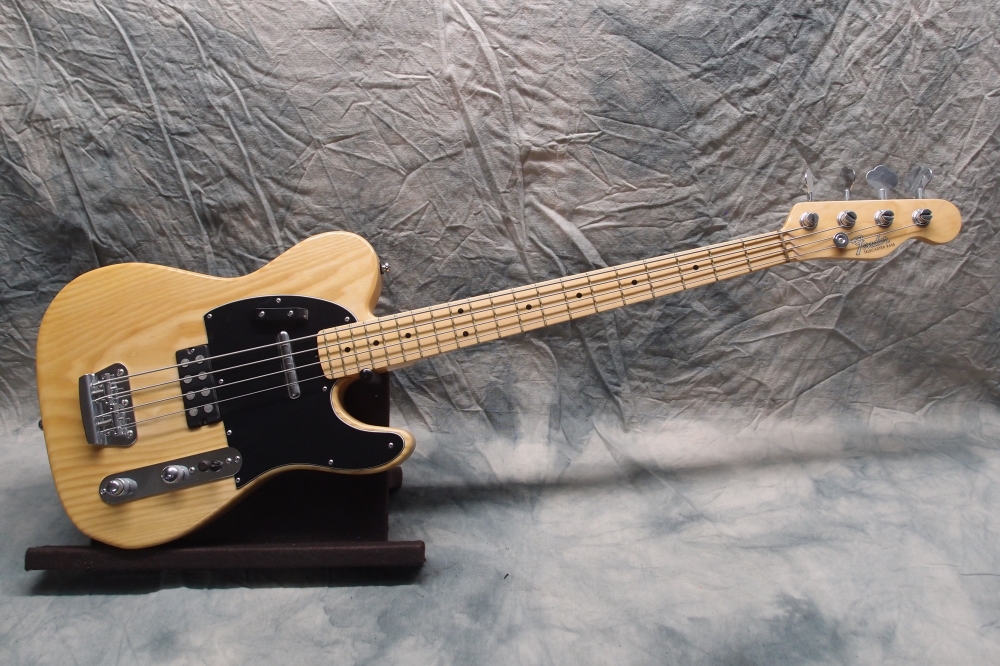
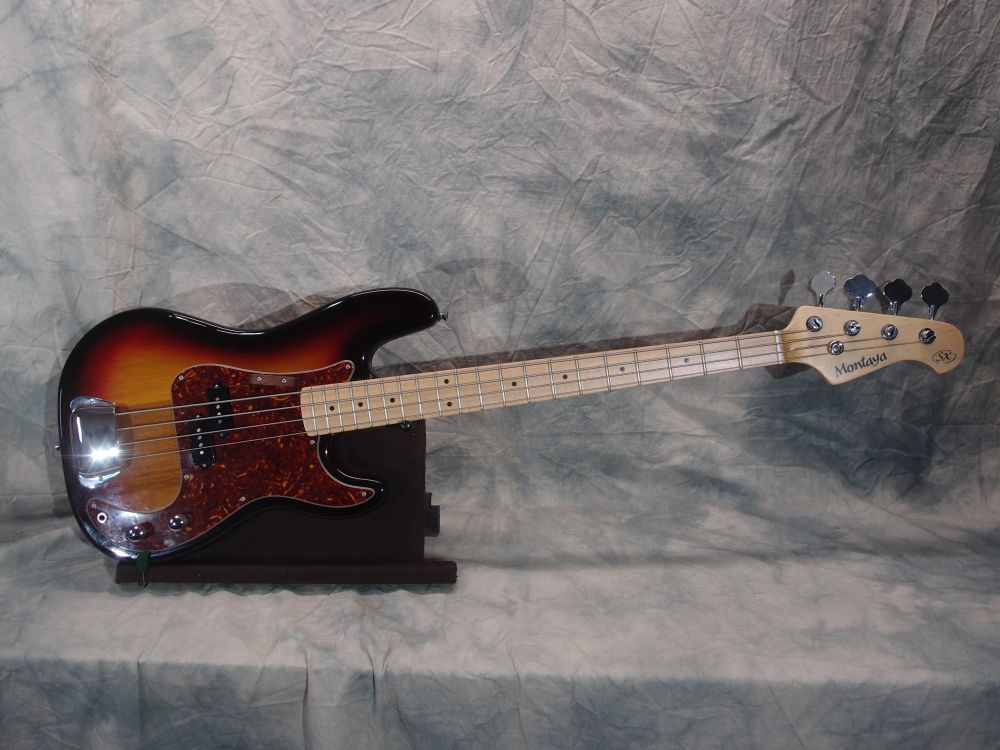
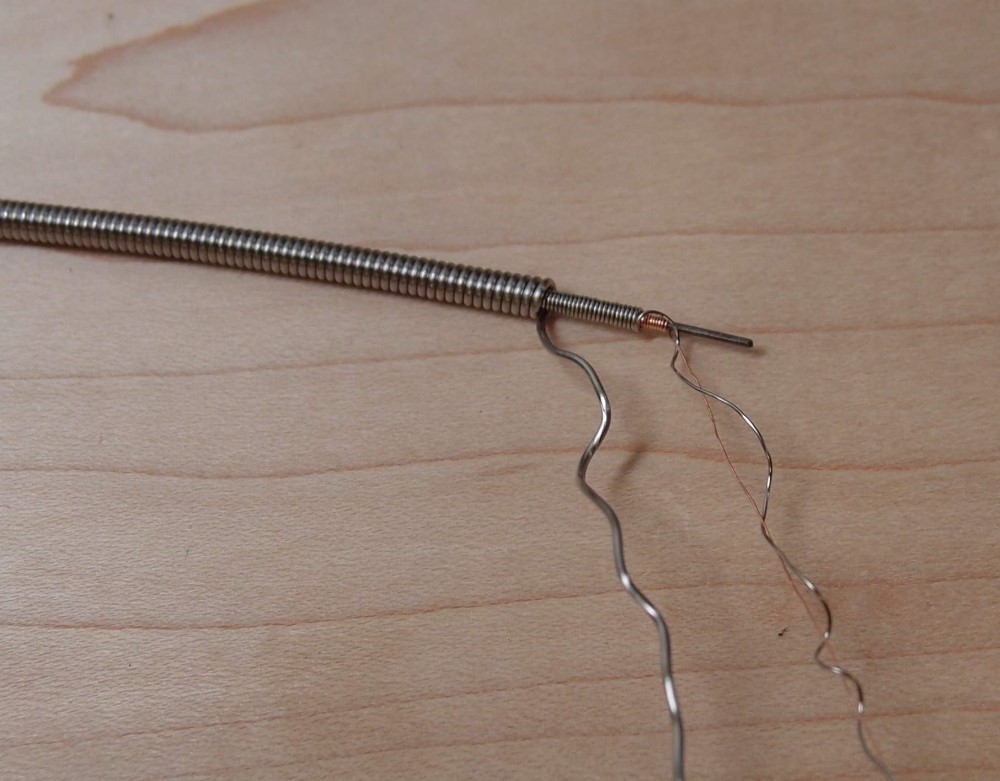
Alex:
March 3, 2024 at 5:09 PM
Interesting stuff. Actually, though, Danelectro not only kept the body but also the neck in converting from a guitar to a bass. All they did was change the fretboard and move the bridge down close to the bottom edge of the body (like you'd see on a P bass). So for a 25" scale guitar with a 21-fret neck, they made a 30" scale bass with a 15-fret neck.
alder:
May 29, 2024 at 3:42 PM
Yes, that is true, but my goal is to NOT have to move the bridge, which often results in an ugly scar on the body.
Norris McCarty:
January 24, 2022 at 2:46 PM
I'd like a conversion neck for a Fender Jazz bass. I want to go from
43"34" to 32".Do you build them?
alder:
January 24, 2022 at 6:39 PM
Sorry, I only build these things for myself.